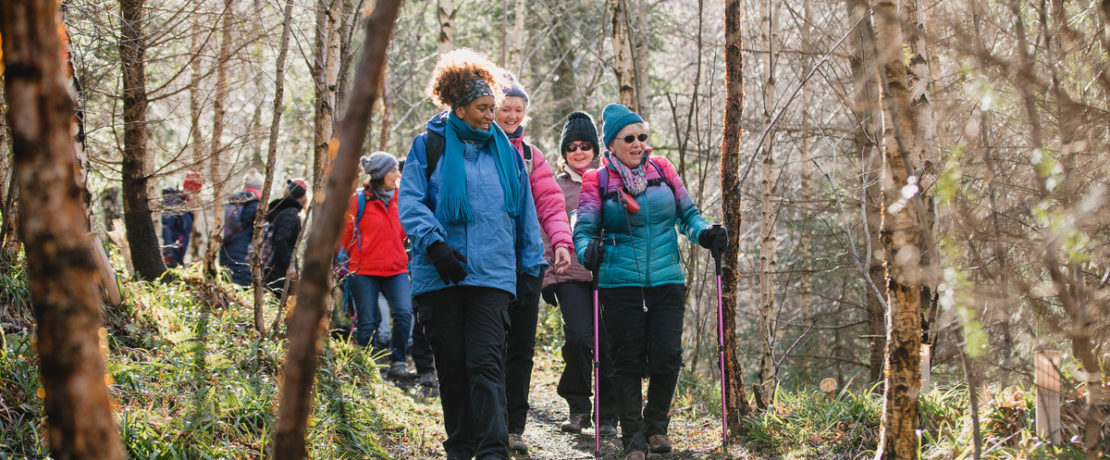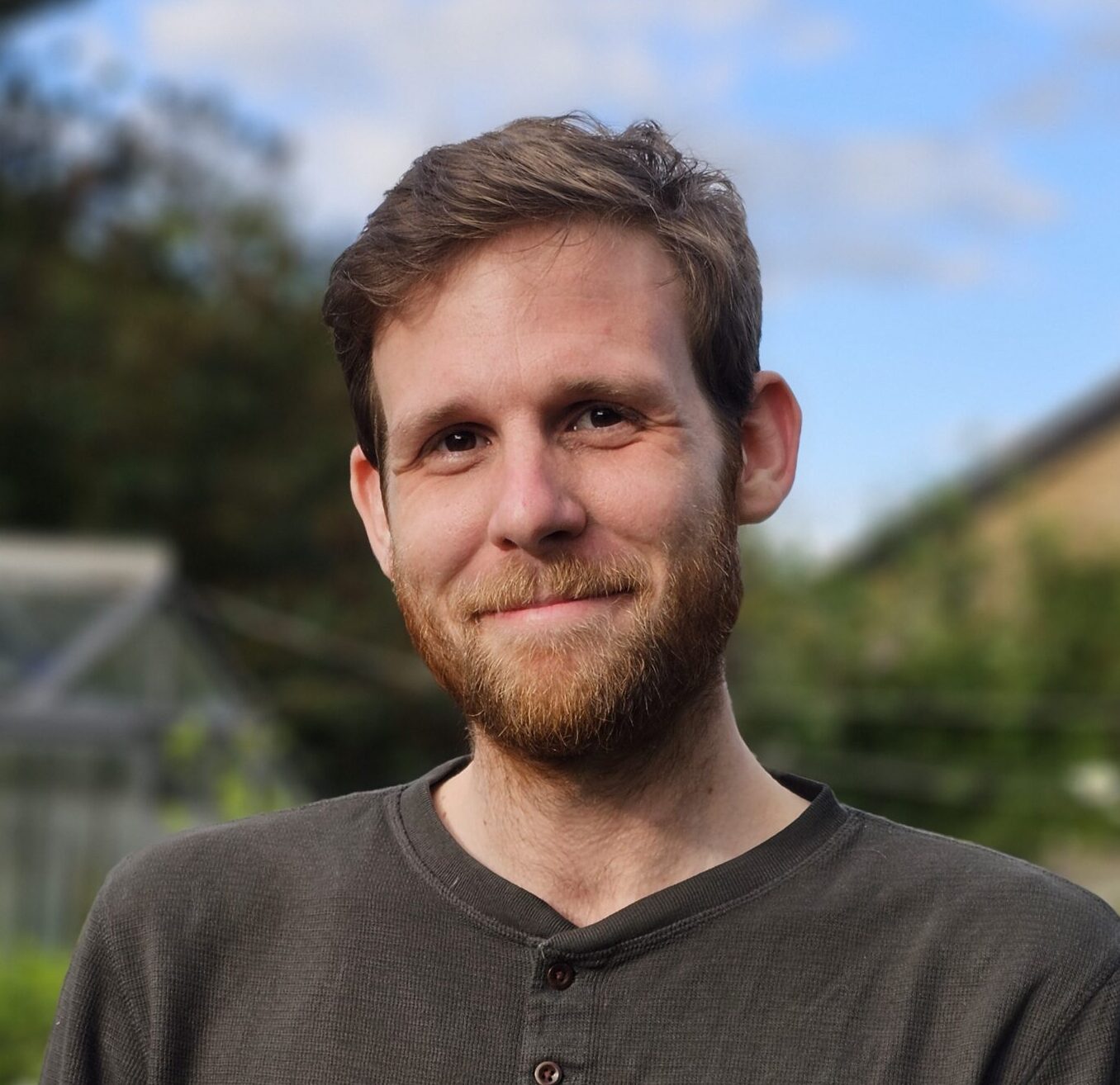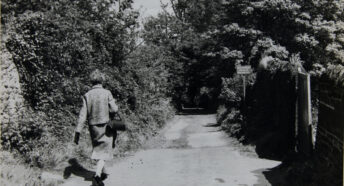Tree time: 20 facts about trees you might not know
Trees are fundamental to our countryside, let alone life on earth. We’ve put together some fascinating facts and stats about these incredible life-giving plants.
Looking for some weird and wonderful facts about trees? Look no further! From absorbing carbon to providing homes to wildlife, trees are a crucial part of our ecosystem. Read on to find out more.
1. Trees absorb billions of tonnes of carbon dioxide
Trees are a vital component of our world for many reasons. They cool the air, stabilise soils and provide food and habitats for wildlife. They also make a huge contribution in cleaning our air by sucking up and storing carbon.
Because of where trees are and their states and age, it’s difficult to put a figure on how much carbon dioxide trees absorb globally. However, it’s thought that the world’s forests absorb billions of tonnes of carbon dioxide a year. It’s little wonder that forests are referred to as the ‘lungs’ of our planet!
2. It takes around 450 mature trees to offset the annual emissions of one person
In very round numbers, a typical mature tree can absorb around 22kg carbon dioxide per year. The carbon footprint of a typical person in the UK is around 10 tonnes of carbon dioxide every year. In theory, this means that it takes around 450 mature trees to offset the yearly emissions of one person in the UK.
3. Ancient woodland stores huge amounts of carbon
As trees absorb carbon dioxide, and convert it into carbon (among other things), they build up their carbon ‘stock’. This is the amount of carbon they’re holding in total. The Woodland Trust’s State of UK Trees and Woodlands 2021 reports that ancient woodland in the UK currently holds a massive 77 million tonnes of carbon, and absorbs a further 1.7 tonnes each year.
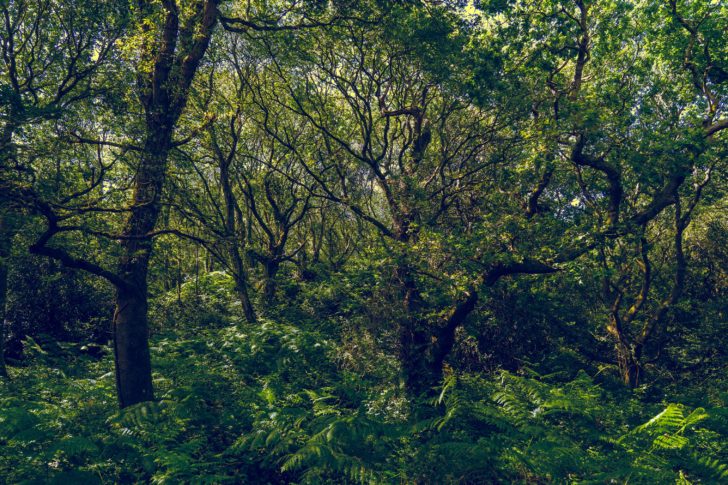
Trees can’t store carbon indefinitely; they have their own life cycle. When they die and decompose, trees release some of that carbon back into the atmosphere. Ideally however, the dying tree will make way for new trees which will eventually absorb carbon dioxide again. Most of our forests are carbon sinks; this means they store and absorb more carbon than they release. However, it’s feared that due to deforestation and deliberate burning, the Amazon rainforest now emits more carbon dioxide than it absorbs.
4. There are a lot of trees on the planet …
So, we know how important trees are, but what are the big numbers? There are estimated to be around 3.04 trillion trees in the world (3,040,000,000,000 written out). The density and distribution of trees differs greatly across Earth, but to give you an idea: in Sweden, there are almost 70,000 trees per square kilometre; in the UK around 12,000, and in some areas of the Northern Sahara there are less than 20 trees per square kilometre.
5. … But, we need more
A study by Nature Portfolio estimates that we cut down 15 billion trees every year, and that the global number of trees has fallen by 46% since the beginning of civilisation.
So, we lose a lot of trees each year, but how many are planted in their place? Well, the UN Environmental Programme reports that we plant around 1.9 billion new trees a year. This sounds impressive, but it’s not even close to the amount we’re cutting down. The global 1t Campaign suggests we need to plant a trillion new trees by 2030. We’d need to increase our current planting rate quite considerably to meet that!
6. Planting new trees is only part of the solution
Younger trees are significantly less beneficial than mature ones in terms of carbon capture and biodiversity. So tree planting is not a quick fix. We’d also need a lot of trees to offset emissions and there simply may not be enough land for them. Finally, planting trees has a footprint of its own, and as we’ve mentioned, trees do release carbon back into the atmosphere when they decay.
This is why there’s a call for a joined up, or holistic approach to carbon offset. Rather than just planting new trees, for example, some argue we should put an end to deforestation. Others say we should simply let tree saplings grow naturally with minimal intervention. This is one of the principles of rewilding. Of course, there are many other ways to reduce or offset emissions too, such as renewable energy, insulated homes, and better soil and land management.
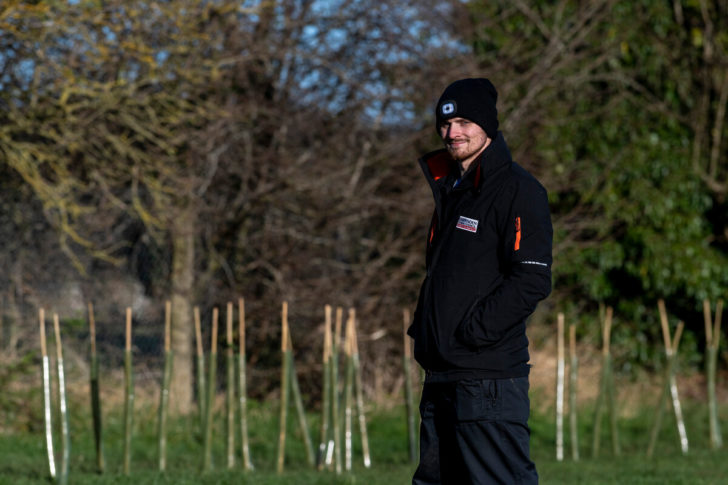
7. Trees are connected by an underground fungal internet
This is perhaps one of the most beautiful and complex natural phenomenons there is. Referred to as the ‘wood wide web’, trees and plants communicate with each other using a massive network of underground fungi. This ‘mycorrhizal’ network is of mutual benefit to the fungi and the tree and is used to share and exchange nutrients. Not only that, but some trees and plants are even able to send ‘messages’ along the network. For example, if a tree is being attacked by insects, it can use the wood wide web to ‘warn’ other trees along the network to trigger their own defences.
8. You can find a tree’s age by looking at its rings
This one you might already know, but it’s still fascinating. If you come across a tree stump on your travels, you can count the rings to get a pretty accurate idea of its age. The lighter, thicker rings are the growth of the tree during the spring and summer. The darker rings are the growth towards the end of the growing season. So, one full year is one dark ring, and one light ring!
9. Over 60 different native trees can be found in the UK
The most common species include the beech, English oak, London plane, silver birch, hawthorn and hazel. Many of these trees are also found in our hedgerows, but are just managed a little differently. Due to its cultural and historical significance, the English oak is the national tree of England.
10. Trees are a home for wildlife
According to the RSPB, in the UK more than 500 invertebrates feed on birches; oak trees support 31 different mammals and common hawthorn can support up to 300 different insects. That’s not to mention the countless number of birds that feed on a tree’s fruit, nuts and berries.
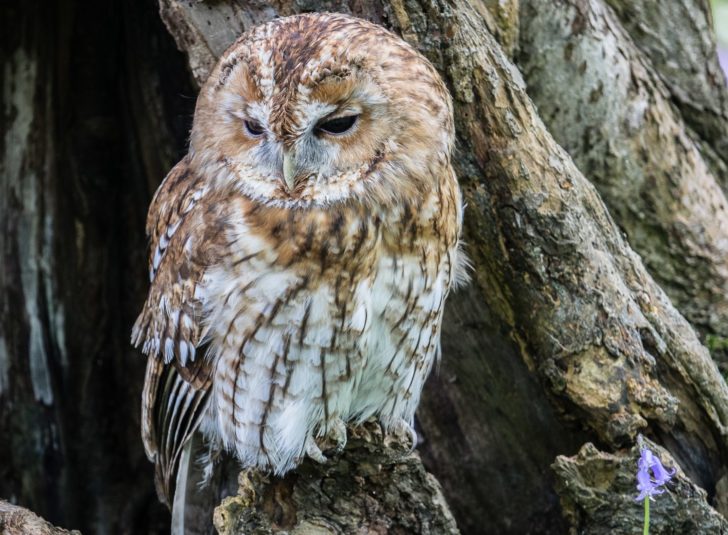
11. Trees are great for wellbeing
There’s an ever-growing pile of evidence that reveals the massive health benefits of being around trees. This was brought into focus even more during the pandemic. A 2021 Forest Research study showed that woodland visits in the UK boosts mental health and is estimated to save £185 million in treatment costs annually. More and more research is being done to explore the benefits of nature and eco-therapy. However, so far the signs clearly suggest that being around trees, nature and green space can reduce stress, create feelings of calm, as well as tackle mild to moderate depression and anxiety.
12. There’s a ‘Tree of the Year’ award
In a wholehearted celebration of trees and their stories, the Woodland Trust run an annual Tree of the Year award. In 2022, that title belongs to an ancient yew in Waverley Abbey, Surrey. This yew, said to be thousands of years old, is our UK entry to the 2023 European Tree of the Year awards.
13. England’s largest forest is in Northumberland
Kielder Forest is a breathtaking treescape 378 square kilometres in size. It largely features coniferous trees such as spruce and pine.
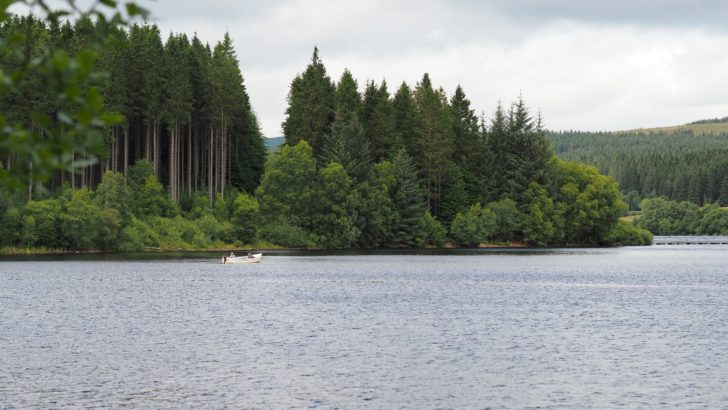
14. The world’s oldest tree was around when the pyramids were built
The world’s oldest tree is a great basin bristlecone pine tree. This ancient tree has been fondly given the name Methuselah (the man with the longest lifespan in the Bible). The tree, which is in Inyo County, eastern California, is almost 5,000 years old. This means it was well established during the ancient Egypt civilisation. We’ve got some pretty old trees here in England too: the Major Oak in Sherwood Forest is around 1,000 years old, and the Crowhurst Yew in Surrey is said to be up to 4,000 years old.
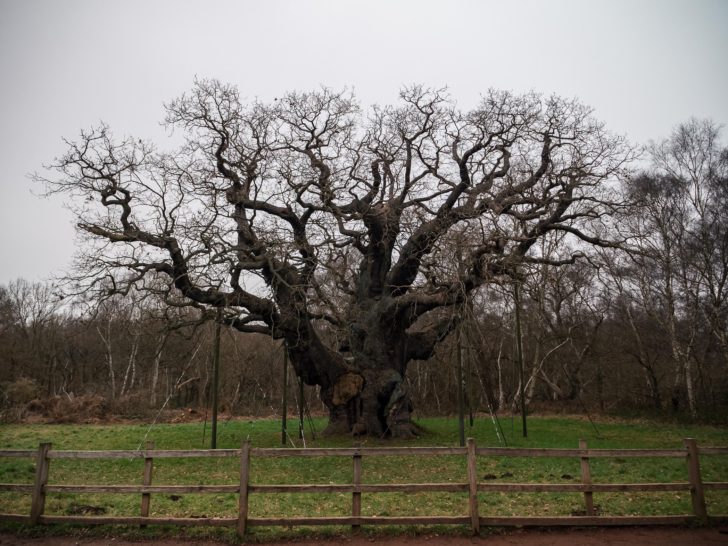
15. The world’s tallest tree is taller than Big Ben
The tallest tree on our planet is Hyperion, a coast redwood living in California. It measures 115 metres in height and its location is kept secret. For scale, this is taller than London’s Elizabeth Tower (Big Ben), the Sky Plaza in Leeds and the Dock Tower in Grimsby.
16. The smallest ‘tree’ grows up to 6cm high
In contrast, the world’s smallest tree is the dwarf willow, which lives in cold and high parts of the world. The jury’s out on whether this plant can really be called a tree, but it is a single-stemmed woody plant which produces tiny lateral branches.
17. There’s a tree with rainbow-coloured bark
The rainbow eucalyptus, which is native to parts of south east Asia and Papua New Guinea, is unique. Its smooth orange bark sheds in uneven strips, leaving behind shades of green, red, orange, yellow, purple and blue.
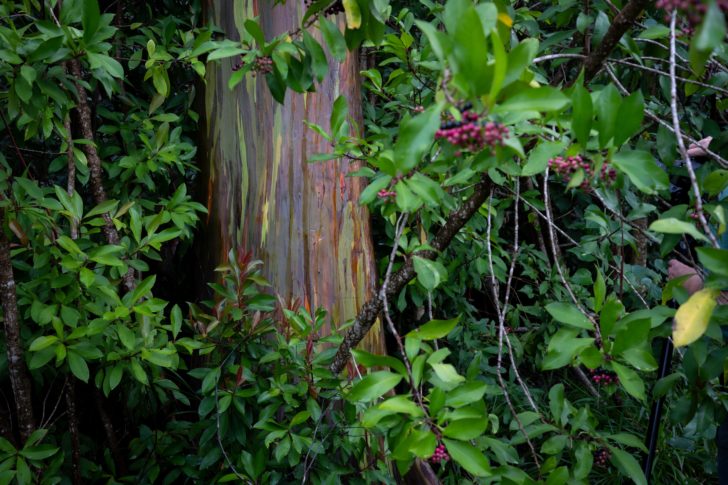
18. The world’s rarest tree is in New Zealand – and there’s only one of them in the wild
The rarest tree in the world is Pennantia baylisiana, or the Three Kings kaikōmako, which is endemic to the Manawatāwhi islands near New Zealand. Discovered in 1945, this tree has been propagated, but only one exists in the wild.
19. Treebeard is a hybrid of an oak and a beech
Perhaps one of the most famous trees in literature is Treebeard from J.R.R Tolkien’s fantasy novel series ‘The Lord of the Rings’. Treebeard is said to be a combination of an oak and a beech. As part of the lore, Treebeard the ‘oldest living thing that walks beneath the sun’ in Middle Earth – although that reference to walking may suggest he’s not strictly a tree.
20. Trees are sacred for many people
The sacredness of trees is central to mythologies, religions and philosophies worldwide. They’re generally seen to represent deep, philosophical concepts like life, death and immortality.
The Tree of Life, while interpreted in different ways, is often seen as the foundation of existence – and something that bridges the gap between the physical and spiritual worlds. An example of this is Yggdrasil, an ancient ash tree in Norse mythology. In popular culture, the Tree of Life is depicted in the Disney film ‘The Lion King’ as a safe haven for wildlife.
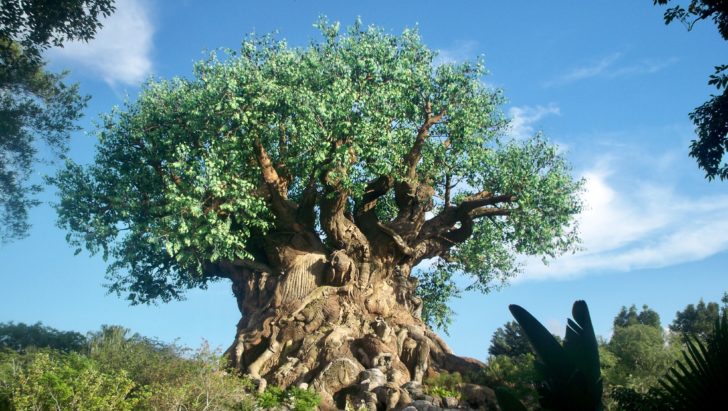
A final word
It’s difficult to overstate the importance of trees – not just to our countryside and cultural history but to our very existence. They’re symbols of wisdom, resilience and of life itself – and we humans (as well as the wildlife we share the planet with) need them to survive. If you didn’t already love them, we hope these interesting facts about trees will help you gain a greater appreciation of them.
Among other important ways to resist climate breakdown, the world needs more trees. If you want to make a difference, why not take part in a tree or hedge planting project – or start your own? The benefits might not be immediate, but as the proverb goes: ‘The best time to plant a tree was twenty years ago. The second best time is today.’
